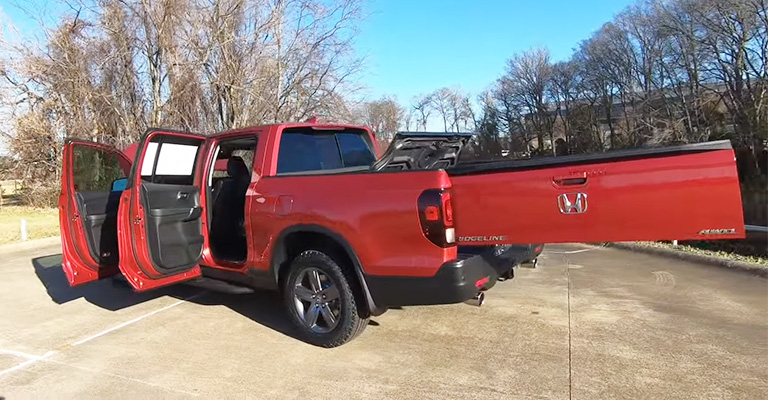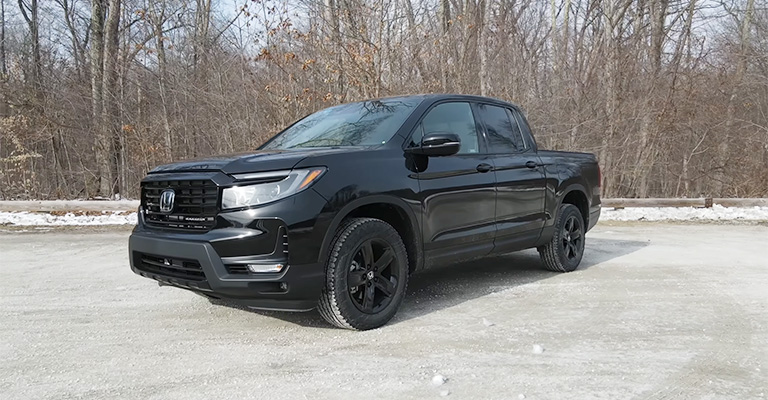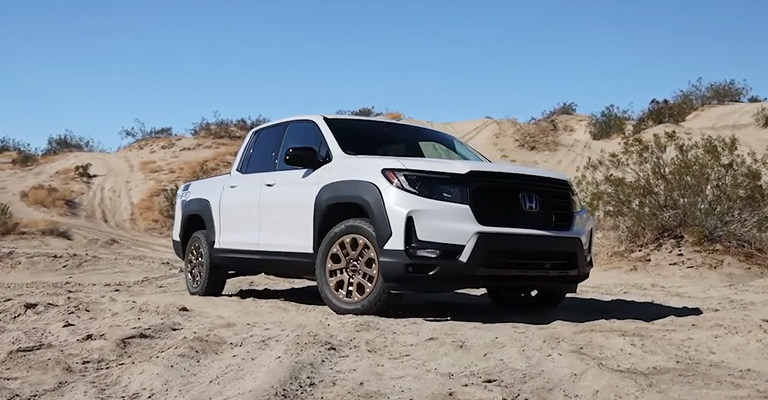The Honda Ridgeline is a popular mid-size pickup truck known for its versatile capabilities and comfortable ride. It offers a unique combination of utility and car-like handling, making it a great option for those who need a truck for both work and leisure.
However, some truck enthusiasts may want to take their Ridgeline to the next level by lowering it.
Lowering a truck involves lowering the ride height of the vehicle by installing shorter springs or coilovers.
This can give the truck a more aggressive stance, improve handling and performance, and enhance its appearance. However, lowering a truck also has its drawbacks, such as decreased ground clearance and reduced off-road capability.
The purpose of this blog is to explore the pros and cons of lowering a Honda Ridgeline, and help truck enthusiasts make an informed decision about whether it is worth it for them.
We will take a closer look at the benefits and drawbacks of lowering a Ridgeline, and provide some recommendations for those who are considering this modification.

The Pros of Lowering a Honda Ridgeline
Here are the list of good facts on lowering Honda Ridgeline.
Improved Handling and Performance
Lowering a truck can improve its handling and performance by reducing the center of gravity and increasing the tire-to-road contact.
This can lead to sharper turns and a more stable ride. Lowering a Ridgeline can also improve its aerodynamics, leading to better fuel efficiency and faster acceleration.
Enhanced Appearance
Lowering a truck can give it a more aggressive and sporty look. The Ridgeline’s unique design can be accentuated by lowering, giving it a more distinctive and custom look.
This can also increase the resale value of the vehicle if done correctly and professionally.
Better Aerodynamics

Lowering a truck can improve its aerodynamics by reducing the amount of air resistance it encounters while driving. This can lead to better fuel efficiency and faster acceleration, making it more pleasant to drive.
Increased Resale Value
Lowering a truck can increase its resale value, especially if it is done professionally and correctly. A lowered truck that looks good and drives well can be more attractive to potential buyers, making it easier to sell in the future.
It’s important to be aware that some buyers may not like the lowered look, so it’s best to consider your local market and the preferences of potential buyers when deciding to lower your truck.
The Cons of Lowering a Honda Ridgeline

Here are some downsides discussed
Decreased Ground Clearance
Lowering a truck can decrease its ground clearance, making it more difficult to navigate off-road or uneven terrain.
The Honda Ridgeline is already not a vehicle designed for off-roading, so lowering it can make it even more limited in that regard.
Reduced Off-Road Capability
Lowering a truck can also reduce its off-road capability, as the reduced ground clearance can make it more difficult to clear obstacles or navigate through rough terrain.
This can limit the usefulness of the Ridgeline for those who plan to use it for off-road adventures or work.
Decreased Load Capacity
Lowering a truck can also decrease its load capacity, as the reduced ride height can make it more difficult to load and unload heavy cargo.
This can limit the usefulness of the Ridgeline for those who plan to use it for hauling heavy loads.
Increased Wear and Tear on Suspension Components
Lowering a truck can also increase wear and tear on the suspension components, as they will be working harder to keep the vehicle stable at the lowered ride height.
This can lead to more frequent repairs and maintenance.
Possibility of Scraping the Undercarriage
Lowering a truck can also increase the possibility of scraping the undercarriage, as the reduced ride height can make it more likely to hit obstacles or scrape when going over bumps or inclines.
This can lead to costly repairs and damage to the vehicle.
Wrapping Up
In conclusion, lowering a Honda Ridgeline can have its benefits such as improved handling and performance, enhanced appearance and better aerodynamics.
However, it also has its drawbacks such as decreased ground clearance, reduced off-road capability, decreased load capacity, increased wear and tear on suspension components and possibility of scraping the undercarriage.
If the decision is made to lower the vehicle, it’s important to use high-quality lowering springs and other components and have the work done by a reputable shop that specializes in lowering vehicles.
Additionally, it’s important to have the alignment checked and corrected after the installation of lowering springs.
It might be worth also considering other modification options such as airbag suspension, which can offer greater flexibility and adjustability.

Leave a Reply